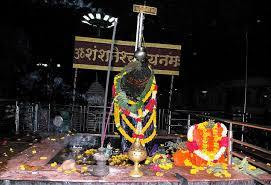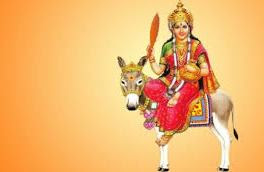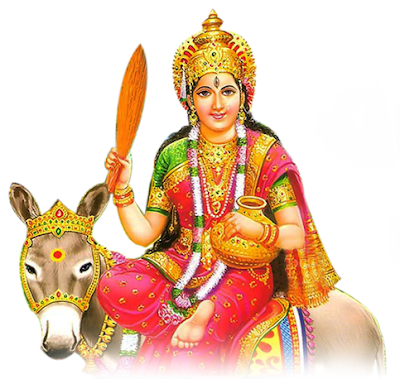Shri Vitthalanathaji composed independent works like for the better understanding of the doctrines of the Path of Pusti. As Shri Vallabhacharya's commentary on the Brahmasutra was not available completely, Shri Vitthalanathaji wrote the commentary on the remaining Sutras. The style of Shri Vallabhacharya's writing is compact, it says much more in a few words. For this reason Shri Vitthalanathaji wrote commentaries on various principal works of Shri Vallabhacharya so that nobody can misinterpret the doctrines of Shri Vallabhacharya.
Bhasya on Brahmasutras, which Shri Vallabhacharya could not complete.
Commentary on Gayatri Mantra Bhasya
Commentary on Yamunastakam of Shri Vallabhacharya
Commentary on Siddhantamuktavali of Shri Vallabhacharya
Commentary on Navaratnam of Shri Vallabhacharya
Vidvan-mandanam
Bhaktihetunirnaya
Bhaktihamsa
Gitatatparyam
Letters to his elder brother
Letters to his sons
Various Vijnapti'
Vrajacaryastapadi
Svapnadarsanam
Guptarasa
Raksasmaranam • Chatuhsloki
2nd Catuhsloki
Utsava-nirnaya etc.
Srngara-rasa-mandanam
STOTRAs:
Shri Sarvottamastotram
Shri Vallabhastakam
Shri Sfurat-krsn&Uapremamrtam
Four Arya
Two Paryamka
Shri Yamunastapadi
Bhujangaprayatastakam
Shri Radha-prarthana-catuhsloki
Shri Gokulastakam
Shri Lalita-tribhangi-stotram
Shri Svaminiprarthana






























